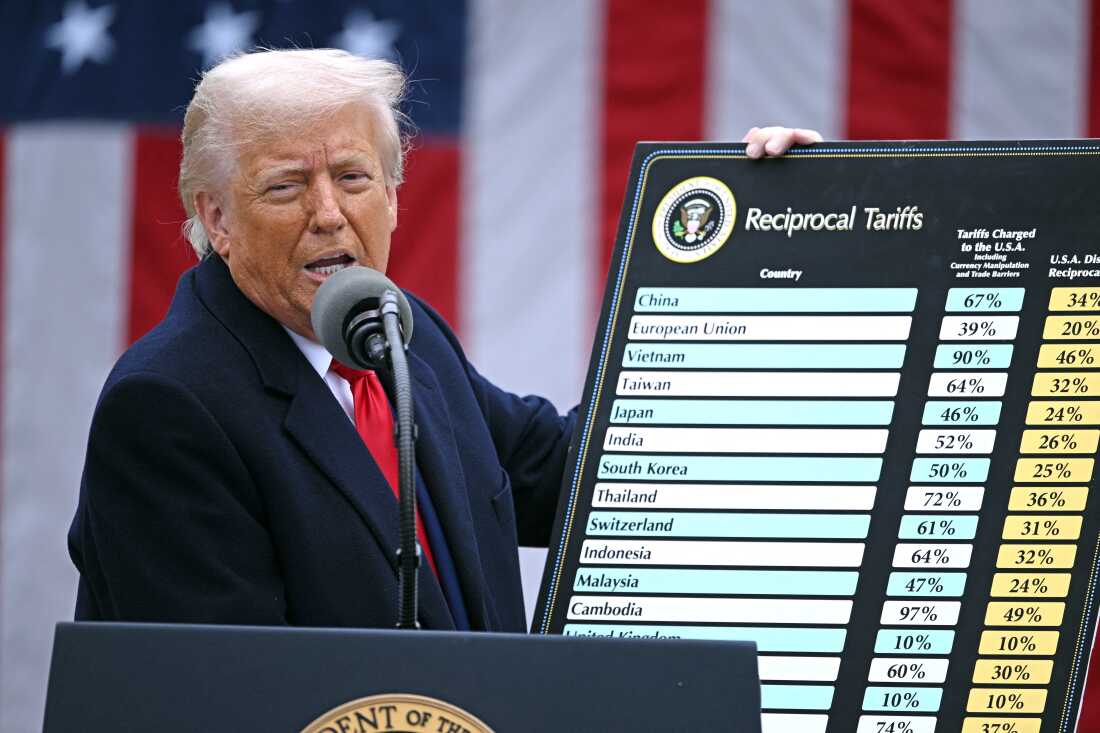
Demand Uncertainty to Influence Rubber Markets in Q1 2025
Key Takeaways
Global rubber markets face significant uncertainty heading into Q1 2025, with mixed signals from major markets and ongoing supply challenges in Asia. Short-term supply shortages, uncertain US and EU demand, and potential shipping cost spikes ahead of anticipated policy changes are expected to impact market dynamics.
Asian Supply Constraints Persist
Supply shortages continue to affect Asian markets following a challenging 2024 marked by adverse weather conditions. The effects of excessive rainfall since late 2023, followed by a brief peak season and early winter, have extended into current market conditions. A September typhoon disrupted Chinese supply chains, while Vietnam experienced defaults affecting approximately 450,000 tons of shipments.
Thailand faces new weather-related challenges, with monsoon conditions threatening 11 provinces. The Thai Meteorological Department (TMD) warns of potential flash floods and increased forest runoff, with thunderstorms predicted across 70% of the southern region. According to Helixtap market intelligence, flash flooding has already occurred in Patthalung and Nakorn Sri Thammarat.
Industry experts anticipate above-average precipitation levels in Indonesia, eastern Vietnam, Cambodia, and parts of Malaysia for the period beginning November 24. These weather-related setbacks in key rubber-producing regions could impact markets well into 2025, compounded by slowing replanting rates in Indonesia and Thailand.
China's Complex Market Dynamics
China's rubber market presents mixed signals despite its position as a crucial demand center. While industrial futures show strength, physical rubber demand remains tepid. The property sector's support measures have yet to benefit rubber markets, and recent macroeconomic indicators suggest continued pressure on consumption.
Helixtap market intelligence reveals China's plans to tender reserve rubber, including 100,000 metric tons of RSS and 20,000 metric tons of SCRWF, scheduled for November 28. This introduction of volume is expected to exert downward pressure on prices, though market participants emphasize the importance of monitoring offering price levels.
European Market Outlook
The European rubber sector faces bearish to stable conditions, with notable restructuring in both automotive and tire industries. Ford's planned European workforce reduction by 2027 and Volkswagen's consideration of closing three German facilities reflect broader market challenges. Michelin's decision to close two French manufacturing facilities by early 2026 highlights increasing pressure from Asian competition.
While traditional manufacturers face headwinds, Chinese and Indian tire makers are expanding their production capabilities both domestically and in emerging export markets. China's new energy vehicle sales grew approximately 40% annually in the first ten months of 2024, though potential trade barriers could impact this growth trajectory.
Shipping Costs and Trade Dynamics
Market participants anticipate potential increases in container shipping spot rates, particularly affecting US-bound cargo. Current rates for Far East and China imports to the US East Coast have already risen by $150 per 40-foot equivalent unit. The first half of 2024 saw significant increases in shipping expenses, primarily due to Red Sea disruptions.
Market Outlook
The rubber market enters 2025 facing increased volatility, with pessimistic short-term demand sentiment and currency fluctuations adding to uncertainty. Market participants remain cautious while awaiting policy implementations that could significantly impact trading conditions.
This article is based on market analysis by Helixtap Technologies. Original reporting by Arusha Das.























